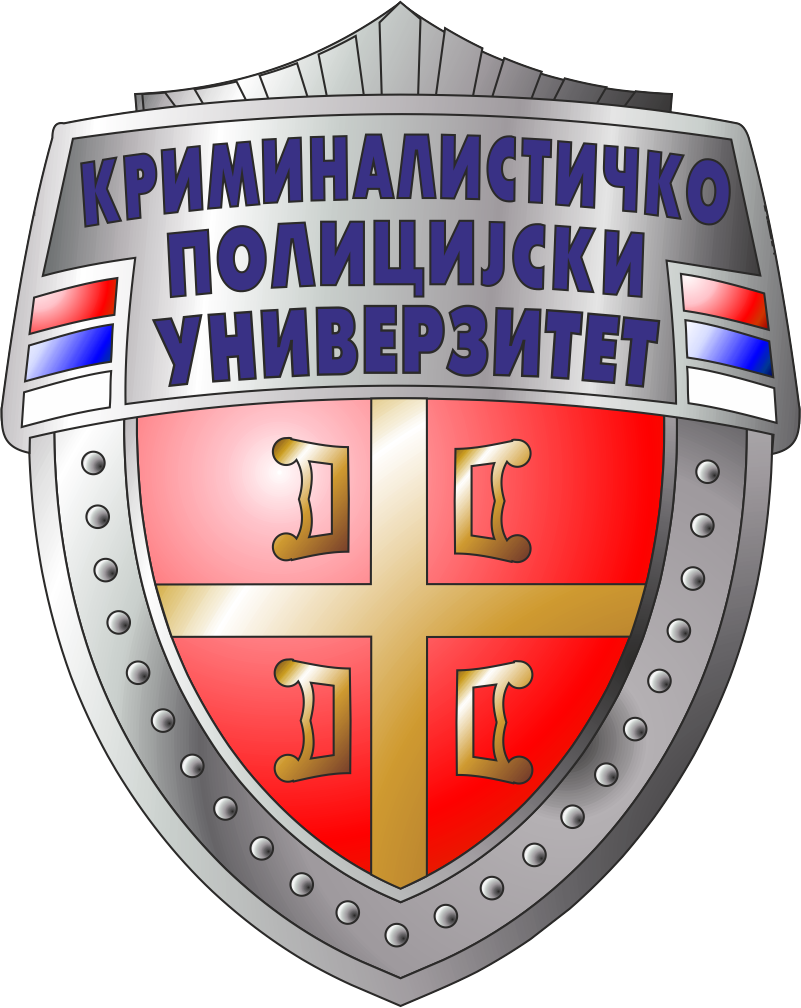Приказ основних података о документу
Structural analysis of basic leg extensor isometric f-t curve characteristics in male athletes in different sports measured in standing position
| dc.creator | Dopsaj, Milivoj | |
| dc.creator | Blagojević, M. | |
| dc.creator | Koropanovski, Nenad | |
| dc.creator | Vučković, Goran | |
| dc.date.accessioned | 2019-03-21T15:58:33Z | |
| dc.date.available | 2019-03-21T15:58:33Z | |
| dc.date.issued | 2010 | |
| dc.identifier.uri | http://jakov.kpu.edu.rs/handle/123456789/357 | |
| dc.description.abstract | The aim of this study is to examine basic leg extensor isometric F-t curve characteristics obtained by testing in standing position. The sample consisted of 5 different sub-samples: power lifters (N=22), karate athletes (N=9), judokas (N=10), well trained athletes (N=39), and a control group (N=31). Six contractile characteristics were investigated: FmaxIZO-the level of maximal isometric force; tFmaxIZO-the time necessary for achieving maximal isometric force; RFDFmaxIZO-an index of basic isometric explosive force i.e. the isometric rate of force developement; FrelIZO-the relative value of the achieved maximal force; RFDFrelIZO-the relative value of isometric rate of force developement; and RFD/Fmax-an index which determines the level of development of basic isometric explosive force from the aspect of biological potential. Regarding all individual contractile parametres, the results showed that there is a statistically significant differences (p lt 0.001) between the sub-samples. Regarding all standardized differences, where the criterion represented the result of control group, FmaxIZO in power lifters is 65.34%, in karate athletes is 11.41%, in judokas 22.58%, and at well trained population 15.12% bigger. Regarding RFDFmaxIZO in power lifters, the obtained value was 243.80%, in karate athletes 118.36%, in judokas 129.17% and in the well-trained group was 43.33% higher that the control group. From the point of view of RFD/Fmax value, the obtained value in power lifters was 243.80%, in karate athletes 118.36%, in judokas 129.17% and in the well-trained group was 43.33% higher than the control group. According to the obtained analyses here related to F-t curve leg extensor characteristics, it is possible to define initial model indicators for six tested contractile characteristics in tested athletes and well-trained populations. | en |
| dc.rights | restrictedAccess | |
| dc.source | Trends in Human Performance Research | |
| dc.subject | Explosive force | en |
| dc.subject | Isometric F-t curve characteristics | en |
| dc.subject | Isometric muscle force | en |
| dc.subject | Legs extensors | en |
| dc.title | Structural analysis of basic leg extensor isometric f-t curve characteristics in male athletes in different sports measured in standing position | en |
| dc.type | bookPart | |
| dc.rights.license | ARR | |
| dcterms.abstract | Благојевић, М.; Вучковић, Горан; Допсај, Миливој; Коропановски, Ненад; | |
| dc.citation.spage | 55 | |
| dc.citation.epage | 70 | |
| dc.citation.other | : 55-70 | |
| dc.identifier.rcub | https://hdl.handle.net/21.15107/rcub_jakov_357 | |
| dc.identifier.scopus | 2-s2.0-84896554649 | |
| dc.type.version | publishedVersion |
Документи
| Датотеке | Величина | Формат | Преглед |
|---|---|---|---|
|
Уз овај запис нема датотека. |
|||

